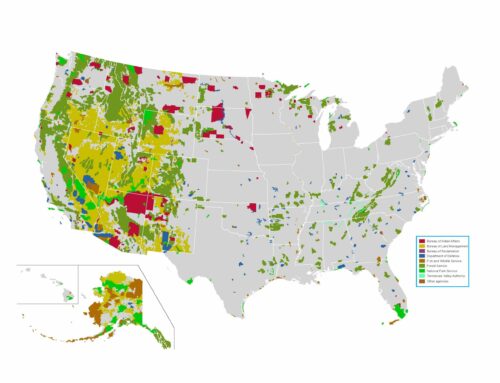by Marlo Lewis
Competitive Enterprise Institute
The Environmental Protection Agency (EPA) on April 14 proposed to retain the National Ambient Air Quality Standards (NAAQS) for particulate matter (PM), including both fine particles (PM2.5) and coarse particles (PM10), established in 2012.
“The U.S. has made incredible strides in reducing particulate matter concentrations across the nation,” said EPA Administrator Andrew Wheeler. “As a result of Clean Air Act programs and efforts by state, local and tribal governments, as well as technological improvements, average PM2.5 concentrations in the U.S. fell by 39 percent between 2000 and 2018 while average PM10 concentrations fell by 31 percent during the same period,” the agency’s press release explained…
Thus, according to the EPA, the scientific evidence as a whole “does not call into question the public health protection provided by the current annual and 24-hour PM2.5 standards.” The EPA finds that “there is considerable uncertainty in the potential public health impacts of reductions in ambient PM2.5 below the concentrations achieved under the current primary standards and, therefore, that standards more stringent than the current standards are not supported.” That judgment reflects the agency’s “consideration of the uncertainties in the potential implications of recent epidemiologic studies due in part to the lack of supporting evidence from experimental studies and retrospective accountability studies conducted at PM2.5 concentrations meeting the current standards.”
For an even more skeptical assessment of the PM2.5—mortality link, see Will the Trump Fuel Economy Reform Proposal Create Deadly Air Pollution by regulatory analyst Steve Milloy.






